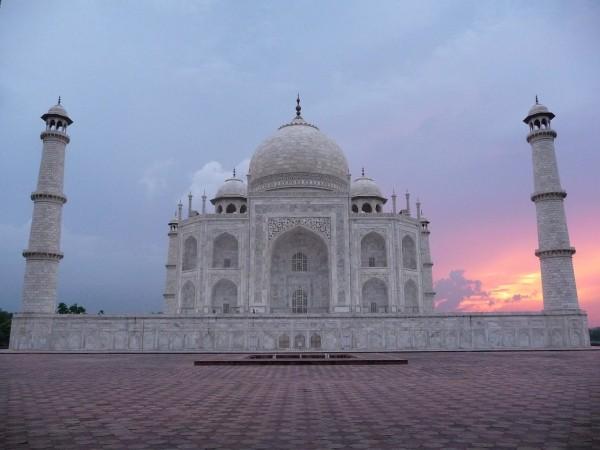BJP MP Vinay Katiyar has kicked up a controversy claiming that Taj Mahal — built in the 17th century by Mughal Emperor Shah Jahan as a sign of love for his wife Mumtaz Mahal — was actually a Hindu temple.
This comes just two days after UP BJP MLA Sangeet Som had claimed Taj Mahal was a "blot" on Indian culture. He had also said efforts were being made to teach "true" Indian history in school.
Katiyar's statement, meanwhile, is oddly reminiscent of the teachings of PN Oak — a former member of the Netaji Subhash Chandra Bose-led Indian National Army who went on to become an author and a journalist.

What Katiyar said
Katiyar — one of the spearheads of the Ram Temple movement from the 1990s — told ANI in an interview: "The Taj Mahal is a Hindu temple. There are all the signs there of (Hindu) gods and goddesses."
He added: "There used to be a 'Shivaling' there which had water dripping on it from up top. That 'ling' was removed and a mausoleum built there."
Katiyar's claims bear an uncanny resemblance to those of PN Oak, an author who had pushed for revision in history to make it more India-centric.
One of his more "famous" theories was that Taj Mahal was originally a temple dedicated to Lord Shiva, and called Tejo Mahalaya back then.
Oak had put forward several pieces of "evidence" to support his claim. An excerpt from his text on Taj Mahal says: "A wooden piece from the riverside doorway of the Taj subjected to the carbon 14 test by an American Laboratory, has revealed that the door to be 300 years older than Shahjahan [sic]."
We are not told which laboratory conducted the test, nor where one can obtain the test results.

Other claims by PN Oak
Perhaps some of the more famous and Indocentric claims made by Oak in his writings are about Christianity, which he claimed was a derivative of Krishna Neeti. The words can be loosely translated from Sanskrit to "the law of Lord Krishna."
He also claimed that Jesus Christ was in India between the ages of 13 and 30, and learnt this so-called Krishna Neeti here.
Oak also claimed that the Vatican — the home of the Holy See, where the pope lives — is derived from the Sanskrit word Vatika, which means garden.

















